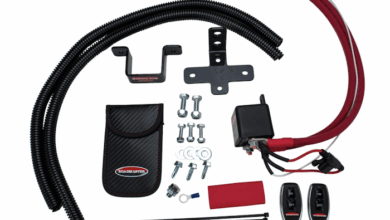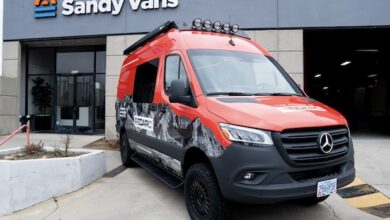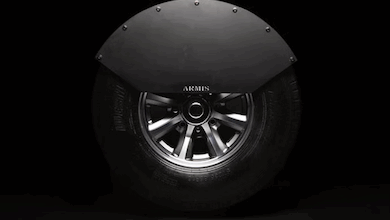RV Electrical Systems 101
Brush up on the basics so you’re better equipped to explain to customers what will best meet their RV electrical needs.
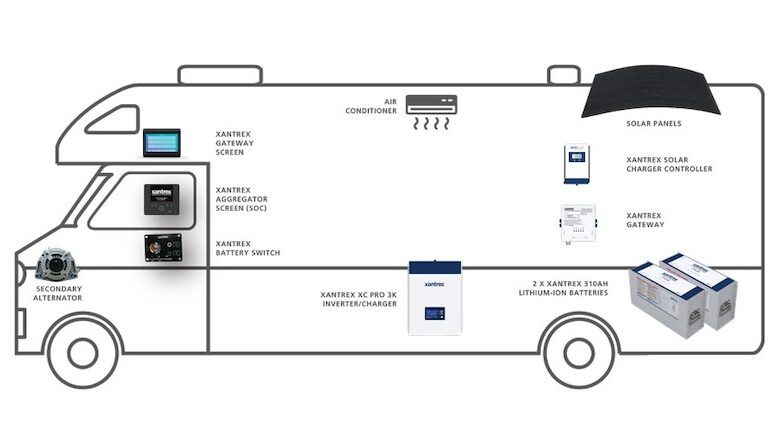
RV electrical systems can be confusing to explain to potential users, and rightly so! Learning how all the components go together to make RV life more enjoyable can be complicated.
To break it down, the most important thing to know is that there are two different types of RV electrical power systems:
- AC power (used in residential housing)
- DC power (used in cars/trucks)
Understanding the difference between AC and DC power can be difficult. Hopefully the following explanation helps to demystify RV electrical systems a bit. Let’s start with why RVs use both: Because each type has its own unique benefit.
AC power is easily generated, or changed, based on the demand of the appliance; unlike DC, which needs complicated electronics to change from one voltage to another. For instance, using a simple device, like a transformer, can change the 120 volts from a wall plug to 12 volts for charging batteries, 5 volts for computer use or 30,000 volts for long-distance transmission. So, the benefit of AC power is that it’s used for many residential appliances such as microwaves, TVs and battery chargers, as well as large loads like air conditioners — all of which are found in an RV.
DC power is storable. Unlike AC power, DC can be contained in a battery to use whenever the demand arises, where AC power must be generated at the moment the load demands it. This is convenient for RVs when shore power is unplugged and the generator is not running, as DC lighting will continue to work.
The bridge between AC and DC power is an inverter/charger. Let’s look at how the RV electrical system uses an inverter/charger, batteries and other devices to make the system work.
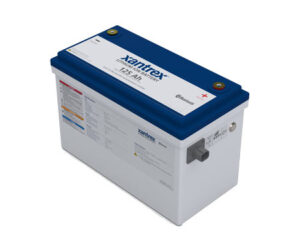 The heart of an electrical system is the battery. A battery can be a high-amperage battery (like your car uses to start the engine) or a deep-cycle battery. An RV must have a deep-cycle battery because of how it uses the stored energy. That doesn’t mean an engine starting battery can’t work — it would — but it wouldn’t last very long.
The heart of an electrical system is the battery. A battery can be a high-amperage battery (like your car uses to start the engine) or a deep-cycle battery. An RV must have a deep-cycle battery because of how it uses the stored energy. That doesn’t mean an engine starting battery can’t work — it would — but it wouldn’t last very long.
A battery is primarily rated by voltage (typically 12 volt, 24 volt or 48 volt), but its most important rating is the amp hours (Ah). Think of a battery as a fuel tank — the Ah rating is how many gallons of fuel the tank can hold. How long a battery will last is simple math:
- A 400Ah battery should be able to output 4 amps for 100 hours (or 100A for four hours) so A x H = Ah.
However, and this is important, lead-based batteries (i.e., flooded, gel, AGM) should never be discharged to completely dead, as internal damage can cause the battery to age very quickly. The rule of thumb is to use 50% of their actual capacity. However, other battery chemistries, such as lithium batteries, using the LiFePO4 chemistry, are able to use all their capacity.
For instance: a pair of 105Ah Xantrex lithium-ion batteries (at 210Ah) can power a 100-amp load for over two hours before the battery is discharged. However, a pair of golf cart batteries, at 220Ah, could only feed that load for just over one hour.
If the battery is the heart of the electrical system, the inverter/charger is the soul. Or if the battery is a fuel tank, think of the inverter as a generator that feeds off the fuel tank — but with different math.
For example, using Watt’s Law (volts x amps = watts), we know that a 60-watt DC load will draw 5 amps from a 12-volt battery (12 x 5 = 60).
We also know that a 60-watt AC load will draw 0.5 amps from the 120-volt AC circuit (120 x 0.5 = 60).
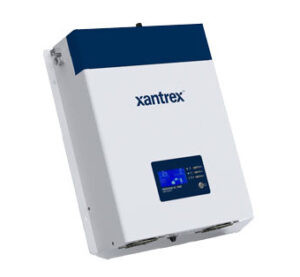 However, the different math comes into play when a 60-watt AC load is used through an inverter. The wattage of the load doesn’t change, so even though it draws 0.5 amps from the AC side, it will still draw 5 amps from the DC battery (plus another 10% due to electrical losses through the inverter, so really about 5.5 amps).
However, the different math comes into play when a 60-watt AC load is used through an inverter. The wattage of the load doesn’t change, so even though it draws 0.5 amps from the AC side, it will still draw 5 amps from the DC battery (plus another 10% due to electrical losses through the inverter, so really about 5.5 amps).
As far as what size inverter works for a particular installation, remember that the downstream load is the No. 1 consideration for inverter size, but oversizing is not detrimental and allows for expansion. For instance:
- A Xantrex Freedom XC 1000W Inverter/Charger feeding 600 watts of load will draw 55 amps from the battery (600 watts / 12 volts = 50 amps + the 10% efficiency tax).
- But a Xantrex Freedom XC 3000W Inverter/Charger, feeding the exact same 600 watts of load, will draw the same 55 amps from the battery. So using a larger inverter makes sense if future expansion is in the works, without significant electrical downside.
- Note: Ensure fusing and cabling are properly sized for whichever system is installed. When in doubt — go big on cabling; you’ll never be sorry.
To charge the battery, a generator or shore power feeds 120 volts into the inverter/charger and charges the battery using the same math in reverse (and a larger tax since charging is less efficient than inverting):
- 15-amp AC coming into the charger would be 1,800 watts (15 amps x 120 volts = 1,800 watts), but the losses are typically around 15%, so 1,530 watts (or up to 127.5 amps DC) should go into the battery.
- Note: These are general numbers using nominal values, and depending on the system structure, resistances and values, these may vary somewhat due to various factors.
To simplify: the DC battery feeds DC loads (such as lighting, water pump, thermostat, slides, etc.) and AC supply feeds AC loads whether they are inverted (TV, microwave, etc.) or not (air conditioners).
What Else Can Affect Performance?
Let’s look at solar panels. These popular accessories do one simple thing: take solar energy and trickle it into the battery. How fast and how efficient depends on the panel’s angle to the sun, temperature, type of controller, etc. But for the most part, the solar panel’s job is to allow the DC battery to discharge more slowly, since RVs cannot depend on solar panels to run the entire system.
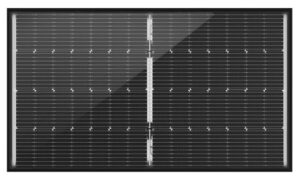 Solar panels come in different types and sizes. Solid glass panels are very popular for RVs, although peel-and-stick flexible panels, like the Xantrex Solar Max, offer a solid alternative to glass panels, especially for installation on curved surfaces. Glass panel technology has evolved with the recent launch of Xantrex bifacial panels that capture the sun’s energy on both sides, offering more output.
Solar panels come in different types and sizes. Solid glass panels are very popular for RVs, although peel-and-stick flexible panels, like the Xantrex Solar Max, offer a solid alternative to glass panels, especially for installation on curved surfaces. Glass panel technology has evolved with the recent launch of Xantrex bifacial panels that capture the sun’s energy on both sides, offering more output.
Solar panels, batteries and inverter/chargers form the backbone of an RV’s electrical system. When choosing the right system for an RV, it’s crucial to research the right components to ensure the recommended system can meet an RVer’s electrical needs when on the road.
